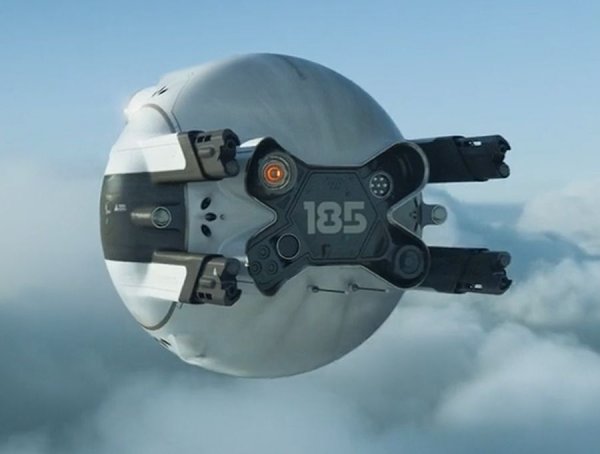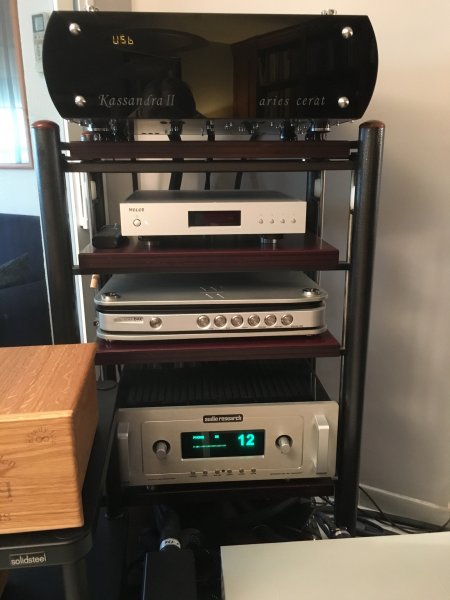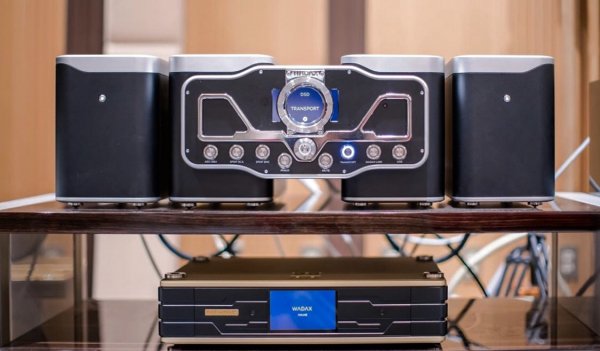Go ahead (although it is obvious) that the opinions that I will express are from the listening in the configuration that I have, the DACs connected to different previews, maybe they sound differently. I would also like to point out that the differences in the different parameters between the two are not overnight, far from it, they are small, in some cases very small. If a DAC combines the strong points both would be the ..........
To begin with, we should indicate that we are facing two DACs with development philosophies, not different but radically opposed, at least as far as the conversion from Digital to Analog is concerned.
Wadax bets on the ultra-processed signal. It uses a really powerful programmable chip (an ASIC) programmed with the algorithms developed by them, which examines the incoming signal and applies corrections to eliminate or at least mitigate the time and phase errors it encounters (Wadax dixit).
Well Aries Cerat believes just the opposite, the signal does not have to be processed at all, in this way we are facing a really rare DAC for the times that are running; R2R NOS and without Filtering. However, both developers agree on the obsessive importance they dedicate to the power supply and in general to the details. I would recommend going through their websites for more information.
If what Wadax was looking for with its processing algorithms was to eliminate that feeling of "digititis" to which we are so accustomed, I can only say that they have achieved it fully. I never heard a DAC that, like this one, can listen for hours and hours without hearing fatigue. In this aspect for me the test of cotton are the masses of violins, I usually use the first movement of the first violin concerto by Bach / The English Concert / Archiv. In my old Electrocompaniet EMC1, it was hardly bearable, with the Lumin A1 the thing improved but there followed the digital signature. With the Kassandra I thought that I no longer could obtain more softness of a digital reproduction. Well, I was wrong with the Arcadia the violins of that "fucking" recording are pure silk. It's the least fatiguing DAC I've ever heard.
The Kassandra is already but Arcadía is even more so.
In terms of dynamic macro both are and much, I could not say which is more. In microdínamicas, in that facility to show you the little details there may be a slight advantage for the Kassandra. In variations on a Paganini / Janos Starker theme. Attacks on cello strings are better in Kassandra, Starker is more in my room.
The orchestral weight is again slightly better in Kassandra although the image is more advanced than with Arcadia. In this I prefer the latter, also this gives an image a little higher than Kassandra, although equally wide.
Timbrically I think Kassandra is a bit ahead, in the tenth prelude to Debussy's first book I think Benedetti Michelangeli's piano is more like what I hear live in the Philharmonic Society.
However, to complicate everything, the first movement of the Brahms violin concert with the Mutter, New York Philarmonic and Kurt Massur is in the Arcadia of a beauty, serenity and refinement that is one step above Kassandra.
In summary Arcadia has a sound without edges, without fatigue and refined, Kassandra has that same "tad" underneath but nevertheless its sound is more like real music sounds, by timbre and dynamics and again I say no no by big difference .













